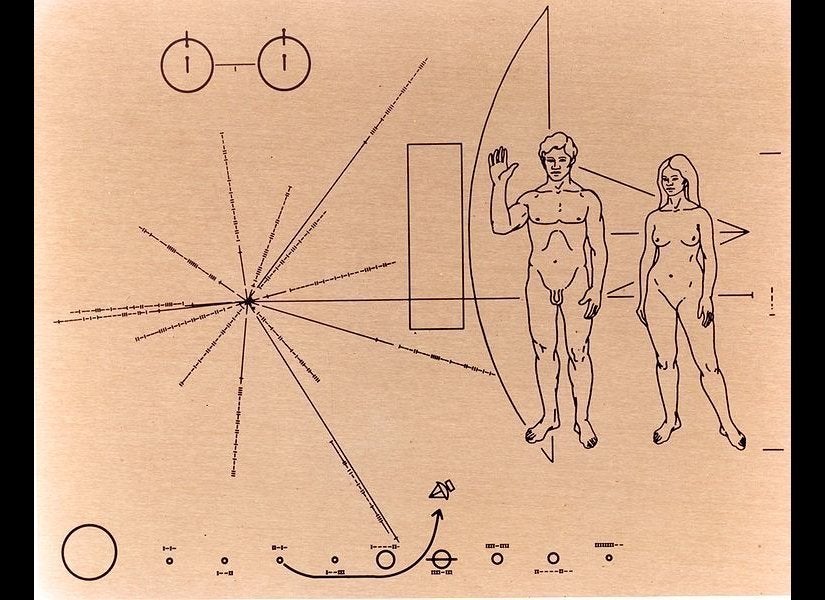In the original Star Trek series, it took mere seconds for Scotty to beam Captain Kirk back aboard the Enterprise. But a new paper by physics students at the University of Leicester in England shows that if human teleportation were possible in real life, beaming someone from point A to point B would take, um, a bit longer.
As in hundreds of thousands times longer than the universe has been in existence.
Our universe has been around for 13.8 billion years. But the seriously tongue-in-cheek paper shows that at a beaming speed of 30 gigahertz, transmitting all the data within a single human would take 4,850,000,000,000,000 (4.85 quadrillion) years. The human dataset includes not only the person's genetic code but also all the memories and knowledge stored in his/her brain. While DNA would take up about 10 billion bits, the brain's information would bring the data total up to 2.6 x 10 (26 followed by 41 zeroes) in bits.
Why not simply increase the bandwidth to speed up the process? That would require an impossible increase in power consumption beyond earth's capabilities.
Even if we could transmit all that data, that's not even taking into account logistics of the transfer process, like maintaining a person's delicate atomic structure. "If I tried to teleport information about every single atom in my body via quantum entanglement, decoherence would scramble things in an instant," science writer Jennifer Ouellette explained in a recent Nautilus article.
The bottom line? "Our results indicate the time scales to complete a full teleport of an individual are a little too lengthy at this time,” study co-author David Starkey said in a written statement.
The study, published in the university’s Journal of Physics Special Topics, is just one in a long series of studies in which serious science is used to explore whimsical topics. Other studies have focused on whether it's possible to make a Star Wars-style light saber and how many seagulls it would take to carry a giant fruit across the Atlantic, as depicted in Roald Dahl's classic children's book, James and the Giant Peach.
"A lot of the papers published in the journal are on subjects that are amusing, topical, or a bit off-the-wall," Dr. Mervyn Roy, professor of physics and astronomy at the university, said in a written statement. "But, to be a research physicist -- in industry or academia -- you need to show some imagination, to think outside the box, and this is certainly something that the module allows our students to practice."
